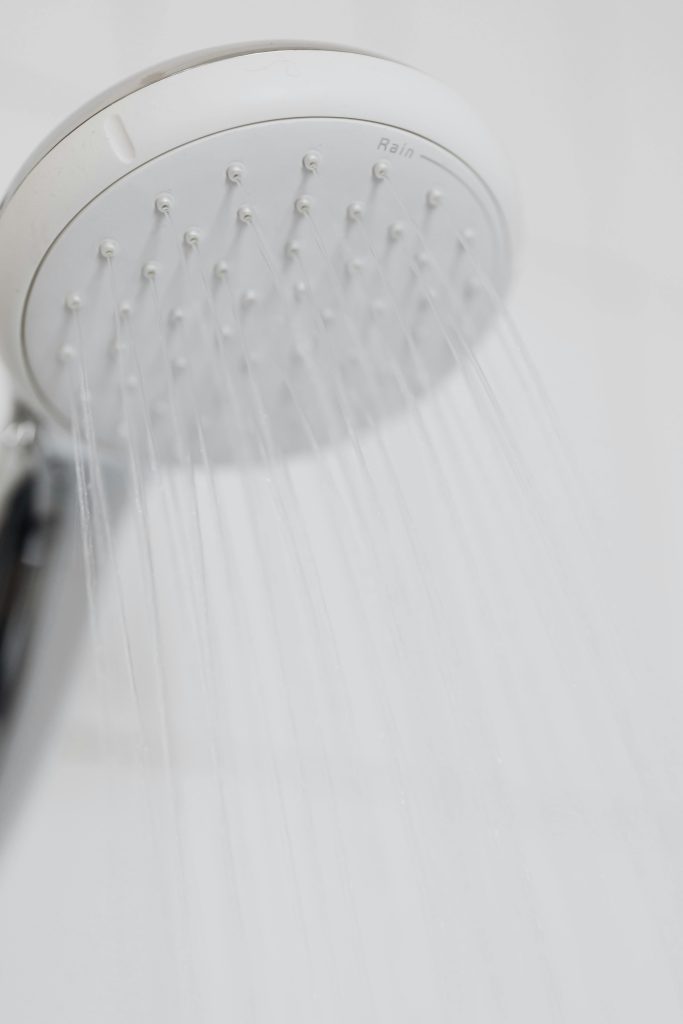Welcome to the ultimate guide on understanding the difference between water pressure and flow rate in plumbing systems! Whether you’re a homeowner, a DIY enthusiast, or the family plumber, understanding the difference between water pressure and flow rate is crucial for designing an efficient plumbing system. When you can anticipate and identify common issues that can arise, you will be able to provide practical solutions to manage and improve water pressure.
Understanding Plumbing Systems: Water Pressure vs. Flow Rate
The force at which water is pushed through pipes and fixtures in a plumbing system is what’s referred to as your water pressure. It determines how effectively water flows from your faucets, showers, and appliances. Flow rate measures the volume of water that passes through a specific point within a given time frame. Let’s explore how water pressure and flow rate work together to deliver reliable access to clean water throughout your house.
Understanding these differences between water pressure and flow rate is crucial when designing or troubleshooting a plumbing system. You don’t need to be a professional plumber to understand how it works, it’s quite straightforward. While water pressure determines the speed at which water flows, flow rate indicates how much water is being delivered. These distinctions play a significant role in ensuring efficient and functional plumbing system.
Water Pressure
Water pressure is typically measured in pounds per square inch (psi) and refers to the force at which water is pushed through pipes. It is affected by various factors, including the elevation of your home, the size and material of your pipes, and the flowrate of water from your main supply line.
Water pressure can also be affected by external factors such as changes in weather or demand on the municipal water system. For example, if many people in your neighbourhood are using water at the same time, it can cause a drop in water pressure or leave you with no water pressure at all.
Ideally, most homes should have a water pressure between 45-80 psi for optimal performance of plumbing fixtures and appliances. If the water pressure is too low, it can result in weak flow from faucets and showers. Conversely, if it’s too high, it can put strain on pipes and appliances, leading to leaks or damage.

Flow Rate
Flow Rate measures how much water flows through a specific point within a given time frame. It is typically measured in gallons per minute (gpm) or litres per minute (lpm).
The flowrate of your plumbing system depends on several factors, including pipe size, length, and material. For example, smaller pipes will have a lower flow rate than larger pipes, and longer pipes will have a lower flow rate than shorter ones.
The type of fixtures and appliances in your home also affect the flowrate of water. For instance, a showerhead with a high flow rate will use more water per minute than a low-flow showerhead.
Why Water Pressure and Flow Rate Matter
Having adequate water pressure and flowrate is essential for ensuring that your plumbing system works properly. Low pressure or flow can cause problems such as weak or inconsistent water supply, slow drainage, and difficulty filling appliances like dishwashers or washing machines.
Conversely, high pressure or flow can put stress on pipes, leading to leaks or damage over time. It can also result in unnecessary water waste and higher utility bills.
Maintaining Water Pressure and Flow rate
To maintain optimal water pressure and flow rate in your home’s plumbing system, it’s important to regularly check for any leaks or damage to pipes. You should also be aware of any changes in water pressure or flow rate and take note if they persist over time.
If you notice any issues with your plumbing system, it’s best to contact a professional plumber to diagnose the problem and make any necessary repairs.
Is your plumbing system in need of a structural makeover? Feel free to fill in the form or contact us on WhatsApp to discuss your options.
